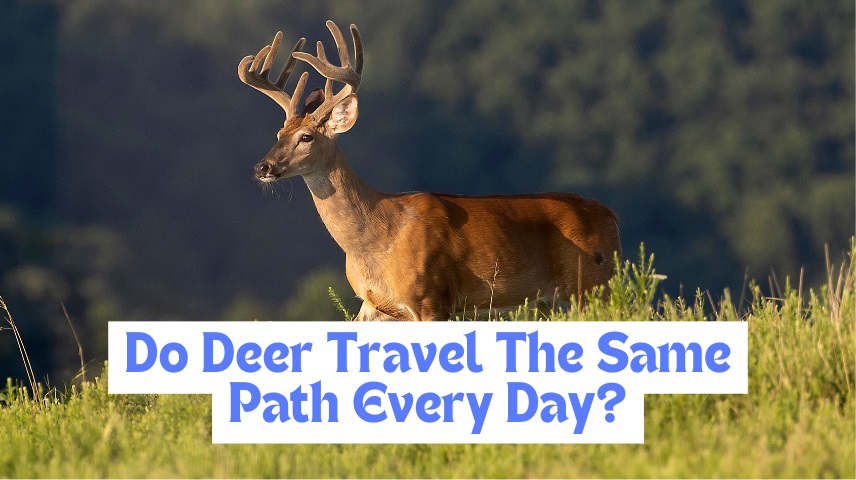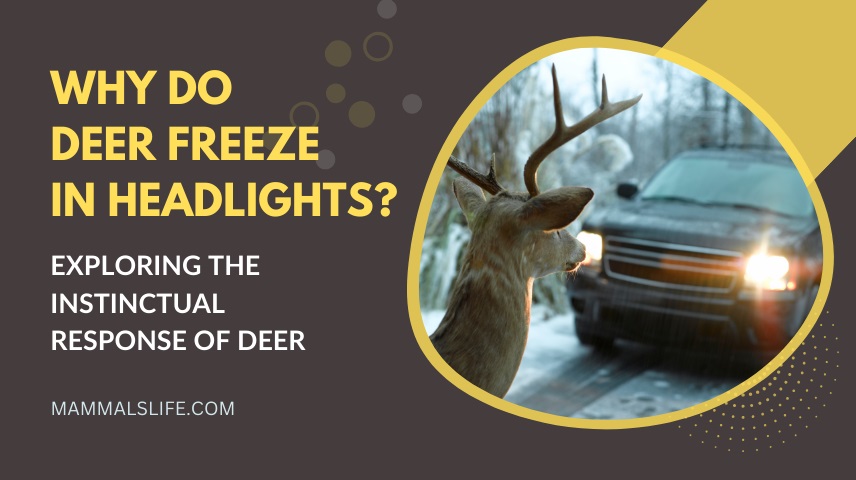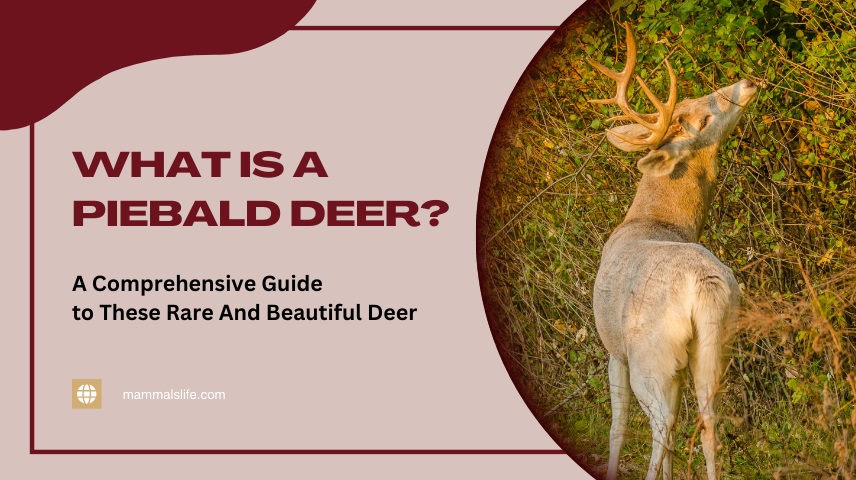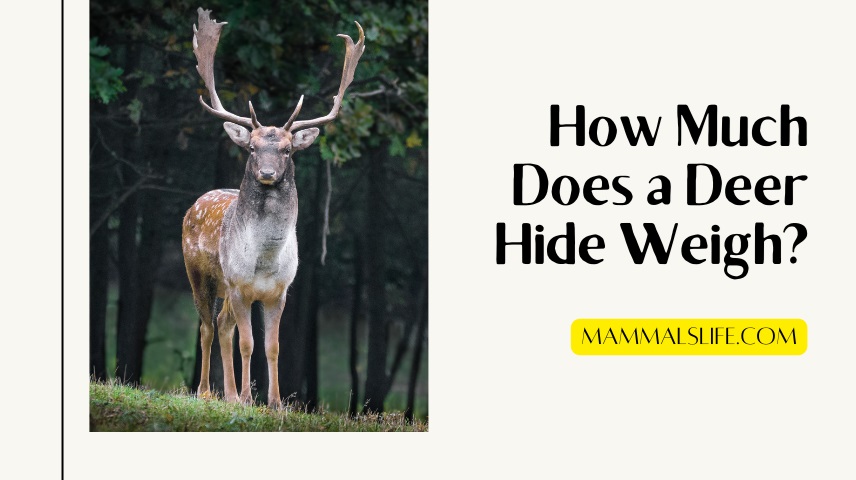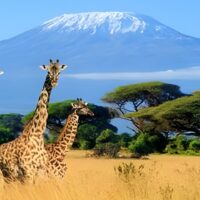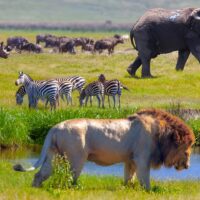Last Updated on February 22, 2025 by Mammals Life
Imagine walking through a serene forest and noticing a trail that seems well-trodden, as if it were used frequently by the same visitors. This might be the path of deer, graceful creatures known for their beauty and elusive nature. One might wonder, do deer travel the same path every day? Understanding deer behavior can provide insights into their daily routines and the factors that influence their movements.
Know Deer Behavior
Basic Deer Biology
Deer are among the most adaptable animals, found in a variety of habitats ranging from dense forests to open plains. Common species such as the white-tailed deer in North America or the red deer in Europe have distinct habits that help them thrive in their respective environments. These ungulates are herbivores, primarily feeding on leaves, twigs, fruits, and nuts. Their movement patterns are influenced by their need to find food, water, and shelter.
Importance of Routine in Animal Behavior
Like many animals, deer often follow routines that enhance their survival. Routine paths can lead to reliable food sources, safe resting spots, and effective escape routes from predators. Establishing a habitual path minimizes the energy expended in searching for resources and reduces exposure to dangers.
Factors Influencing Deer Movement
Seasonal Changes
The changing seasons have a significant impact on deer movement. During spring and summer, deer often have abundant food sources and cover, leading to more localized movements. However, in autumn, many species, especially those in northern regions, begin seasonal migrations. They move to areas with better food availability and less harsh weather conditions, traveling miles from their summer range.
Food Sources
Food availability is a primary driver of deer movement. Deer have a varied diet that changes with the seasons. In spring and summer, they consume green vegetation and browse on leaves. As autumn approaches, they shift to fruits, nuts, and crops. In winter, they rely on woody plants and stored fat reserves. These dietary needs cause deer to follow paths that lead to reliable food sources, which can change throughout the year.
Predation and Safety
Predators such as wolves, coyotes, and mountain lions influence deer behavior. Deer use their keen senses of smell and hearing to detect danger and often travel along paths that provide quick access to cover. They avoid open areas where they are more vulnerable to attacks. Safety is a crucial factor, and deer will alter their paths if they sense increased predation risk.
Human Activity
Urbanization and human presence have a profound effect on deer movement. As humans encroach on natural habitats, deer adapt by modifying their routes. They may travel during nighttime to avoid human interaction or shift their paths to avoid busy areas. Interestingly, some deer have become accustomed to suburban environments, finding food in gardens and parks.
Evidence of Path Consistency
Scientific Studies and Research
Numerous studies have been conducted to understand deer movement patterns. Research using GPS collars and tracking devices has provided valuable insights. For example, a study published in the Journal of Wildlife Management found that white-tailed deer in Pennsylvania showed significant fidelity to their home ranges, using the same paths consistently over weeks and even months.
Wildlife Tracking and Observations
Methods such as camera traps and field observations by hunters and wildlife enthusiasts have confirmed that deer often use the same trails. These paths, known as deer runs, are usually marked by visible tracks and droppings. Observational data indicates that deer have preferred routes that they use to travel between feeding and bedding areas.
Case Studies and Examples
Case Study 1: White-Tailed Deer in North America
A detailed study on white-tailed deer in Wisconsin revealed that these deer follow well-established trails within their home ranges. During winter, they create “deer yards,” areas with dense vegetation that provide cover and food. The study showed that deer repeatedly use the same paths to move between these yards and feeding grounds.
Case Study 2: Red Deer in Europe
Research on red deer in Scotland indicated that these animals have specific routes they follow, especially during migration. The study found that red deer travel long distances between summer and winter ranges, using traditional paths known for generations. These paths are critical for accessing seasonal resources.
Implications of Deer Movement Patterns
Ecological Impact
Deer movement patterns have significant ecological implications. By following the same paths, deer contribute to seed dispersal and the shaping of vegetation patterns. Their grazing and browsing habits influence plant community dynamics, promoting biodiversity in their habitats.
Human-Wildlife Interactions
Understanding deer movement is essential for managing human-wildlife interactions. For hunters, knowledge of deer paths can improve hunting success. Wildlife managers use this information to implement conservation strategies and mitigate human-deer conflicts, such as vehicle collisions and crop damage.
FAQs
1. Do deer use the same paths every day?
Yes, deer often use the same paths daily, especially when they find these routes safe and reliable for accessing food, water, and shelter. These habitual paths, known as deer runs, are used to minimize energy expenditure and avoid predators.
2. How do seasonal changes affect deer movement patterns?
Seasonal changes significantly impact deer movement. During spring and summer, deer tend to stay within a localized area with abundant food and cover. In autumn, some species migrate to areas with better food availability and milder weather conditions. Winter movements are often influenced by the need to find food and shelter.
3. What role does food availability play in deer movement?
Food availability is a primary driver of deer movement. Deer follow paths that lead to reliable food sources, which change with the seasons. In spring and summer, they consume green vegetation, while in autumn, they shift to fruits, nuts, and crops. In winter, they rely on woody plants and stored fat reserves.
4. How do human activities impact deer travel patterns?
Human activities, including urbanization and land development, significantly impact deer travel patterns. Deer may adapt by shifting their travel times tonight or altering their paths to avoid human presence. In suburban areas, deer may find food in gardens and parks, leading to increased human-deer interactions.
5. Are there any studies or research supporting the idea that deer travel the same paths regularly?
Yes, numerous studies support the idea that deer travel the same paths regularly. Research using GPS collars and tracking devices has shown that deer exhibit significant fidelity to their home ranges, using the same paths over extended periods. Observations and tracking by wildlife enthusiasts and hunters also confirm this behavior.
Conclusion
Deer do indeed travel the same paths regularly, influenced by factors such as food availability, predation, seasonal changes, and human activity. Understanding these patterns is crucial for appreciating the role of deer in ecosystems and for effective wildlife management. Next time you see a well-worn trail in the woods, consider the possibility that it’s a deer highway, a testament to the routine and resilience of these fascinating creatures.

